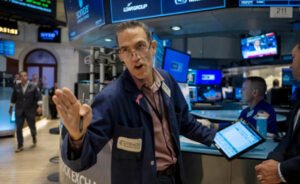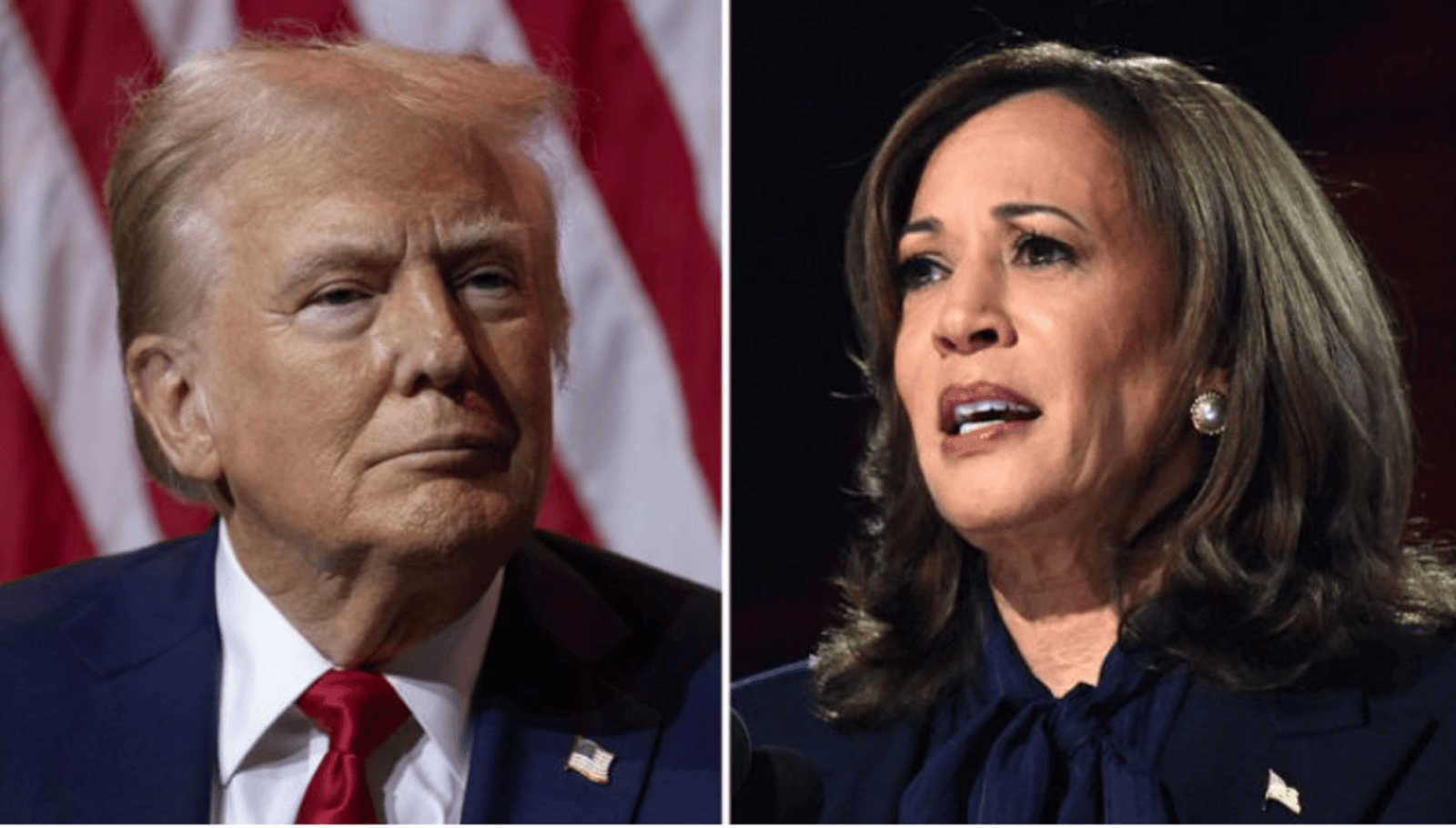
Nvidia Falls: Wall Street September Drop. Nvidia Stock Plummets Amid Wall Street Sell-Off
On Tuesday, American stock markets experienced a sharp decline. Nvidia, a major player in artificial intelligence, saw its market value shrink by $279 billion. The sell-off was a key factor in the broader decline in U.S. stock indices. Nvidia Falls: Wall Street September Drop
Nvidia’s Drastic Drop
Nvidia’s stock price dropped by 9.5% on Tuesday. This decline erased $279 billion from the company’s market capitalization. The massive sell-off came just days after Nvidia’s quarterly financial results were released. The disappointing forecast and financial results intensified the sell-off.
The drop in Nvidia’s stock had a ripple effect. The index tracking 30 leading U.S. chipmakers fell by 7.8%. This decline highlighted the impact of Nvidia’s troubles on the tech sector.

Market Indexes Suffer
On Wall Street, all three major indexes faced their largest daily drops since August 5. The S&P 500 decreased by 2.1%, and the Nasdaq Composite lost 3.3%. The combined effect of these declines resulted in a tumultuous day for investors.
Manufacturing Data and Economic Concerns
The manufacturing sector data contributed to the market’s turmoil. The Institute for Supply Management (ISM) reported that August manufacturing continued to contract. A PMI reading below 50 signifies contraction.
ISM’s Timothy Fiore noted subdued demand and cautious investment due to federal monetary policy and election uncertainty. The ongoing contraction in manufacturing, having lasted 21 out of the past 22 months, further fueled concerns about the economy.
Federal Reserve’s Role and Market Speculation
Market reactions were also influenced by speculation regarding the Federal Reserve’s actions. Following the Fed’s recent hike in interest rates to a two-decade high, there is anticipation of a potential rate cut. Traders expect that the Fed may lower rates later this month to stimulate the economy and avoid a recession.
Sam Stovall of CFRA Research described the market reaction as speculative. Investors believe that if economic weakness persists, the Fed may respond by cutting interest rates more aggressively. The anticipation of a full percentage point cut this year, as noted by Bank of America Global Research, has heightened market expectations.
Impact of Upcoming Labor Market Reports
Traders are closely watching these reports, with the August non-farm payrolls data being particularly crucial.
Stephen Innes from SPI Asset Management highlighted that Friday’s jobs report will be a significant indicator. A stronger-than-expected payroll number could boost market confidence. Conversely, a disappointing report might reignite growth concerns and lead to further market declines.
The upcoming labor market reports are poised to play a crucial role in shaping market expectations and influencing economic policy. These reports, particularly the monthly non-farm payrolls data, provide critical insights into the health of the job market and broader economic conditions. Investors and policymakers closely watch these reports to gauge economic momentum and potential shifts in monetary policy.
The non-farm payrolls report, released monthly by the Bureau of Labor Statistics, offers a snapshot of job creation, unemployment rates, and wage growth. A stronger-than-expected payroll number often signals robust economic activity, which can boost market confidence. High job creation and wage increases may suggest that consumer spending is likely to remain strong, supporting economic growth.
Conversely, a weaker-than-expected jobs report can have the opposite effect. If payrolls fall short of forecasts or unemployment rates rise, it could indicate underlying economic weaknesses. This might prompt concerns about a slowdown in economic growth, potentially leading to declines in stock markets as investors adjust their expectations.
The Federal Reserve also closely monitors labor market reports. These reports help the Fed determine its stance on interest rates. For instance, strong employment figures might lead the Fed to consider tightening monetary policy to prevent the economy from overheating. On the other hand, disappointing labor data could prompt the Fed to adopt a more dovish approach, including potential rate cuts to stimulate economic activity.
Historical Trends and September Challenges
The average return for the S&P 500 in September between 1928 and 2023 has been -1.17%. Sam North of eToro emphasized that September’s poor performance is a historical trend that investors should consider.
Another important factor is the beginning of a new fiscal year for many companies, which can prompt adjustments in financial strategies and outlooks. This adjustment period can introduce uncertainty into the market. Furthermore, September’s position at the end of summer and the beginning of fall means that it often serves as a crucial time for investors to reassess their portfolios and make adjustments based on new economic data and trends.
Historical performance shows that September is frequently a month of consolidation or correction following the summer’s typically more stable months. This pattern of weaker performance is often compounded by broader economic uncertainties or geopolitical events, which can exacerbate market movements.
Understanding these trends is crucial for investors who seek to navigate the inherent risks of September and prepare for potential market shifts. Being aware of these historical patterns allows for more informed decision-making and risk management throughout this historically turbulent month.
Conclusion
The recent sell-off on Wall Street, marked by Nvidia’s significant stock drop and broader market declines, reflects a period of uncertainty. Manufacturing data continues to indicate economic challenges, while speculation about the Federal Reserve’s future actions adds to market volatility. Investors are keenly awaiting upcoming labor market reports to gauge the economic outlook and the Fed’s potential responses. As September progresses, historical trends suggest that U.S. stocks might face additional headwinds.








